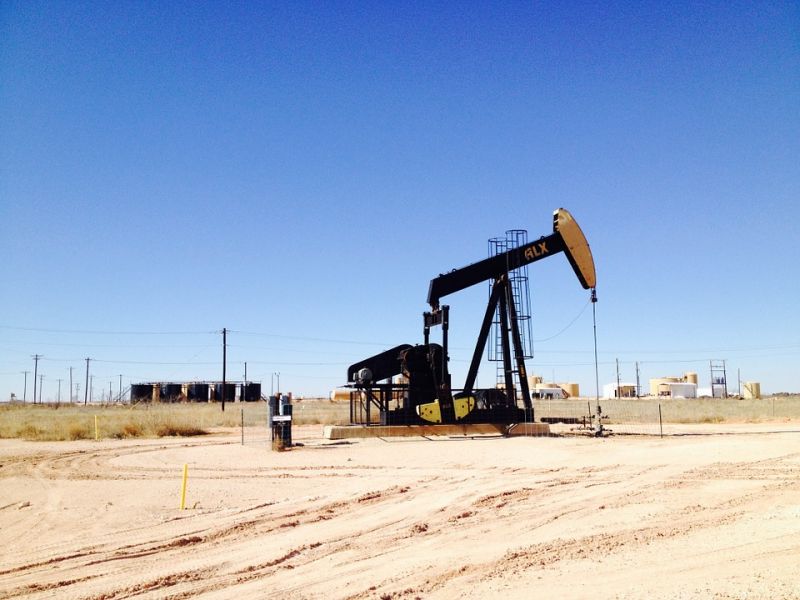Could Wastewater From Oil and Gas Production Help Solve Our Water Crisis?
Published on by Water Network Research, Official research team of The Water Network in Academic
Researchers at the University of Texas suggest recycling produced water for hydraulic fracturing operations could help address anticipated water shortage problems in the Permian Basin.
Recycling wastewater within the oilfield is a viable option – as long as the spill and leaks, which can have significant and long-lasting negative impacts on soil and water resources, are minimized.
However, uses beyond the oilfield are much riskier if we don’t answer some critical questions first.

Fracking, Representative image: Pixabay
What is in oil and gas wastewater?
“If you’re worried about introducing this water to places where it could interact with the environment or human health, it’s impossible to say if it’s dangerous or not because we simply do not know.” – Karl Oetjen, Colorado School of Mines
Oil and gas wastewater contains a range of constituents including organics, inorganics, and potentially radionuclides. According to data reported to FracFocus and other current literature, there are more than 2,500 different chemicals that could be a found in this wastewater — from hydrochloric acid to ethylene glycol (antifreeze). Recent literature suggests there is still a lot we don’t know about these chemicals. For those 2,500 chemicals, we lack key toxicity data and only have standard analytical methods for less than 20% — and even those don’t always work. Produced water can be 10 times saltier than seawater or more, and testing technologies do not always perform accurately in such high salt content.
Determining what is in the wastewater and whether or not it is hazardous is critical. Policy makers can’t develop effective standards for treated wastewater if they don’t know what water quality targets should be or what tools are needed for effective chemical detection.
We must reduce these data gaps before introducing produced water to new ecosystems. If we fail to do so, and certain chemicals turn out to be harmful, we risk creating more problems than we solve.
For example, in Pennsylvania the discharge of produced water into fresh water sources led to increased radioactivity in stream sediments even after the water was treated. Without fully understanding both the short-term and the long-term consequences of introducing produced water to our ecosystems, unexpected impacts like this could be repeated.
Academia and industry must unite
To begin to address this problem, we must take a step back and get a big-picture look at what we know and what we need to know to make smart decisions on repurposing produced water.
The process for understanding whether water is fit for its intended purposes requires a multi-faceted, collaborative approach, which involves baseline initiatives including evaluating the efficacy of current treatment technologies, improving capabilities for detecting chemicals and understanding toxicological risks, and establishing water quality targets.
Read full article: EDF
Media
Taxonomy
- Oil & Gas
- Reclaimed Wastewater
- Wastewater Phycoremediation
- Water Reuse & Recycling
- Wastewater Treatment
- Industrial Water Reuse
- Reuse
- Fracking
- Oil Field Chemicals
- Water & Wastewater